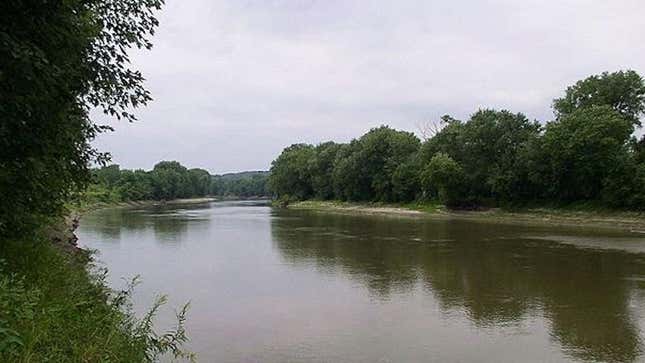
A startling discovery was made by two kayakers. It happened last summer, while the pair were paddling along the Minnesota River. Because the river had receded after a regional drought, they were able to see an object on the banks of the river. They went closer and saw that it looked like human remains.
The remains turned out to be part of an 8,000-year-old skull.
They notified local authorities at the Renville County Sheriff’s Office, according to the New York Times. The sheriff’s office then sent the remains to a medical examiner, who then sent it to a forensic anthropologist with the F.B.I. After carbon dating the bone, the anthropologist found that it probably belonged to a young man who lived in the area at around 6000 B.C.
Before carbon dating, the local Sheriff wondered if the skull could have been used to solve a missing person report in the area. There was a defect on the skull, which the FBI report suggested was related to the person’s cause of death, according to MPR News.
Droughts are unveiling human remains in other parts of the country as well. Earlier this month, two bodies were found in Lake Mead. The set of skeletal remains were found in a sunken barrel along with other objects that have led local Las Vegas police to conclude that the person died sometime in the 1980s. About a week later, more bones were discovered near a recreational center by people paddle-boarding nearby. Both “discovery” areas were covered by dozens of feet of water years ago.
The discovery of more bodies in waterways across the U.S. could be likely as other large water reservoirs experience disturbingly low water levels. More than half of the country is expected to experience some form of drought conditions, according to predictions from the National Oceanic and Atmospheric Administration earlier this year. These frequent droughts are coming after the 12th driest winter in the country in more than 120 years of record.
Could that mean more bones in the near future? We’ll have to wait and see.